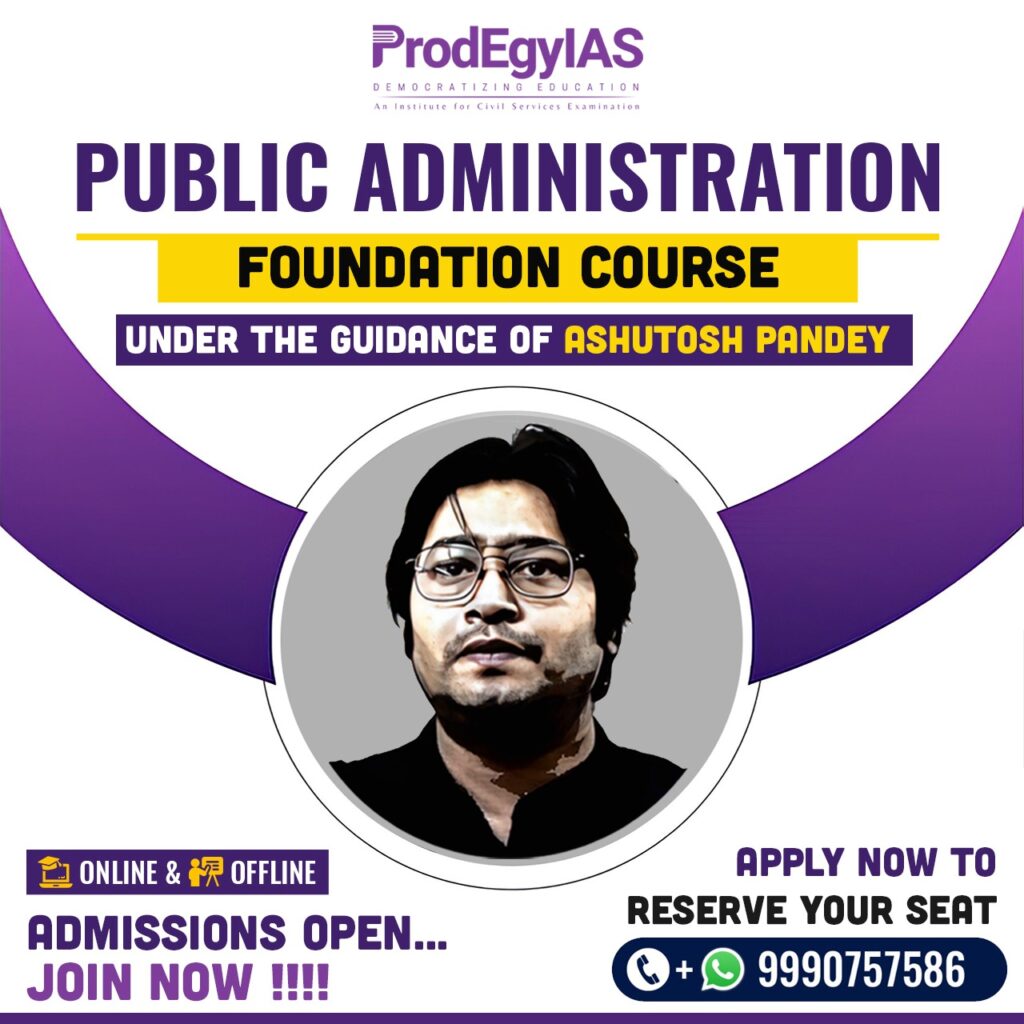Monuments of National Importance (MNI)
Source: India Today
Table of Contents
ToggleWhy in News: The Archaeological Survey of India (ASI) has recently opted to remove 18 protected monuments from its list as they are no longer deemed to hold significance at the national level.
About Monuments of National Importance (MNI)
Legal Framework:
- Governed by the Ancient Monuments and Archaeological Sites and Remains Act (AMASR Act), 1958, amended in 2010.
- Aim: Declaration and conservation of ancient, historical monuments, archaeological sites, and remains of national significance.
Current Status:
- India presently hosts 3,693 Monuments of National Importance (MNI).
- Uttar Pradesh boasts the highest number, with 745 monuments/sites.
Declaration Process:
- Central Government initiates the declaration process by issuing a notification, inviting public views/objections within a two-month period.
- After review of received views/objections, the Central Government may declare the monument as MNI by publishing a notification in the official gazette.
Responsibilities upon Declaration:
- Upon declaration, the protection and maintenance of MNI fall under the jurisdiction of the Archaeological Survey of India (ASI), operating under the Ministry of Culture.
- ASI takes charge of conservation, preservation, and upkeep of MNI nationwide.
Regulated Areas:
- A 100-meter radius around the monument is designated as a ‘prohibited area’, where construction activities are banned.
- An additional 200 meters (100+200 meters) constitute a ‘regulated area’, subject to construction regulations.
Delisting Procedure:
- ASI holds authority to delist monuments deemed to have lost national importance under Section 35 of the Act.
- Once delisted, ASI relinquishes responsibility for the protection of these monuments.
Border Roads Organisation (BRO)
Source: ET
Why in News: The Border Roads Organisation (BRO) has recently completed the construction of a crucial all-weather road spanning 298 kilometers, linking Manali to Leh via Darcha and Nimmu on the Kargil–Leh Highway.
About Border Roads Organisation (BRO)
Purpose and Function:
- It serves as a road construction executive force in India, offering vital support to the Indian Armed Forces.
Establishment:
- Formed on 7 May 1960 with the objective of fortifying India’s borders and developing infrastructure in remote regions of the north and northeast.
Coordination Mechanism:
- The Government of India established the Border Roads Development Board (BRDB) to ensure effective coordination and prompt execution of projects. The Prime Minister chairs the Board, with the Defence Minister serving as Deputy Chairman.
Scope of Operations:
- It is responsible for the development and maintenance of road networks in India’s border regions and neighboring countries.
- Operations extend across 19 states, three union territories (including Andaman and Nicobar Islands), and countries such as Afghanistan, Bhutan, Myanmar, Tajikistan, and Sri Lanka.
Personnel Composition:
- Officers and personnel from the General Reserve Engineer Force (GREF) constitute the primary cadre of the BRO.
- Additionally, officers and troops from the Indian Army’s Corps of Engineers serve on extra regimental employment through deputation.
Inclusion in Armed Forces Order of Battle:
- BRO is integrated into the Order of Battle of the Armed Forces, ensuring their readiness to provide support whenever necessary.
Motto:
- The organization operates under the motto “Shramena Sarvam Sadhyam” (everything is achievable through hard work).
District Election Management Plan (DEMP)
Source: TH
Why in News: A fundamental aspect of election preparation is the District Election Management Plan (DEMP), an extensive document that employs data and analysis to guarantee the seamless execution of elections.
About District Election Management Plan (DEMP)
DEMP Preparation Timeline:
- According to the Election Commission of India, the District Election Management Plan (DEMP) must be formulated at least six months prior to the tentative polling date.
- Periodic revisions and updates to the plan are deemed necessary.
Collaborative Execution:
- The implementation of DEMP requires a collaborative effort involving various stakeholders such as election officials, administrative authorities, and law enforcement agencies.
- Regular interactions with political parties and media outlets are also planned to educate them on electoral regulations.
Key Elements:
- The plan commences with a district profile serving as the groundwork for the electoral strategy.
- This includes a political map delineating constituencies, essential demographic and infrastructure data, and an overview of the district’s administrative structure and socio-economic characteristics.
- Detailed strategies are outlined for enhancing the availability and accessibility of polling stations, ensuring they are equipped with necessary amenities.
- The DEMP incorporates the Systematic Voters’ Education and Electoral Participation (SVEEP) plan, emphasizing the augmentation of electoral participation.
- SVEEP activities involve leveraging social media, engaging with diverse community and youth organizations, and organizing pre-election events to enhance awareness and participation.
- Additionally, the plan includes training for district-level teams to enforce the Model Code of Conduct (MCC) and a comprehensive training program for all election personnel to equip them with requisite skills and knowledge.
Electronic Voting Machines (EVMs) Management:
- Material management forms a critical aspect of the DEMP, encompassing the procurement of 61 essential items such as indelible ink, seals, stamps, stationery, and statutory forms.
- These items are categorized based on procurement levels (State/U.T. or district level), with procurement timelines ranging from two-to-three weeks to four months before the election.
- Effective management plans for EVMs are imperative, ensuring their secure storage, availability, transportation, and maintenance, including Voter Verifiable Paper Audit Trails (VVPATs).
PARIS CLUB
Source: Hindu Businessline
Why in News: Sri Lanka is expected to obtain a probable six-year suspension on the debt it owes to both India and the Paris Club.
Overview of the Paris Club:
The Paris Club functions as an informal coalition of creditor nations with the objective of devising sustainable solutions for countries encountering payment difficulties.
Establishment and Membership:
- Formed in 1956, the Paris Club consists of 22 permanent members.
- These permanent members comprise countries such as Australia, Austria, Belgium, Canada, Denmark, Finland, France, Germany, Ireland, Israel, Japan, Netherlands, Norway, Russia, South Korea, Spain, Sweden, Switzerland, the United Kingdom, and the United States.
- All these members are affiliated with the Organisation for Economic Co-operation and Development (OECD).
- Notably, India does not hold permanent membership in the Paris Club.
Operational Framework:
- The Paris Club convenes monthly meetings in Paris, during which representatives from member nations engage in negotiations concerning debt relief agreements.
- Any nation can petition the Paris Club for debt relief, provided they demonstrate the necessity for such assistance and commit to implementing economic reforms.
Decision-Making Process:
- Upon receiving a request for debt relief, member states convene closed-door sessions to determine the appropriate course of action.
- Several factors, including economic and financial considerations, are taken into account during these deliberations.
- Additionally, the Paris Club consults with international financial institutions such as the International Monetary Fund (IMF) and the World Bank to ascertain the requisite reforms needed for the debtor nation.






